Lancashire is a large county in the north-west of England, bordering a number of other counties, including Cumbria, North Yorkshire, West Yorkshire, Greater Manchester and Merseyside.
It's a landscape of great diversity. There are high hills near the eastern boundary and in the Forest of Bowland, while the coast offers miles of wind-swept, seaside walking. Rivers, forests and great estuaries provide further temptations for hikers.
Discover more walks in Britain

Best walks in Lancashire
Leighton Moss and Silverdale
7.6miles/12.3km | 5 hours | moderate
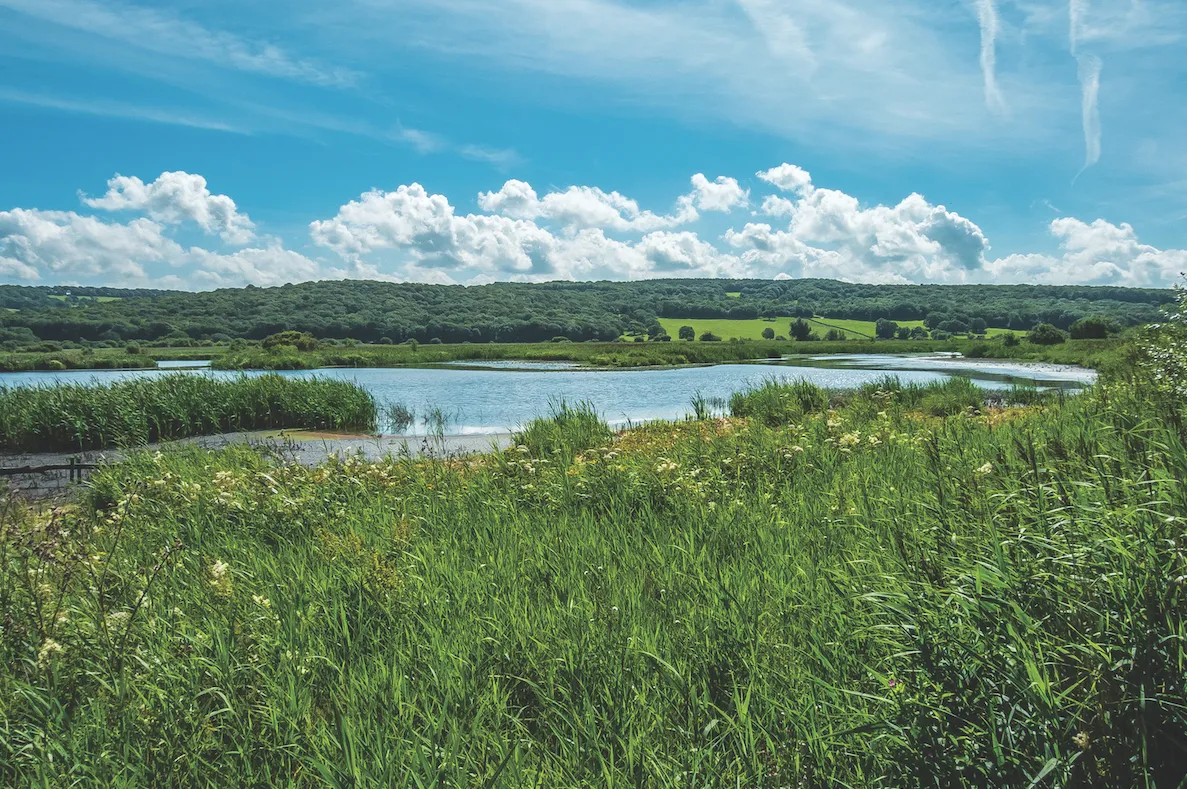
Tucked away in a secluded corner of Morecambe Bay – where the foothills of the Lakeland Fells meet the rugged limestone coastline of North Lancashire – lies Arnside and Silverdale AONB. This undiscovered enclave is home to dense native woodland, wildflower meadows and extensive nature-rich wetlands.
The pretty little station of Silverdale sits at the sylvan heart of the AONB and is the perfect starting point for coast and countryside walks, as well as visiting one of England’s best-loved nature reserves: RSPB Leighton Moss.
Sunderland Point, Lancashire
3.1 miles/5km | 2 hours | easy
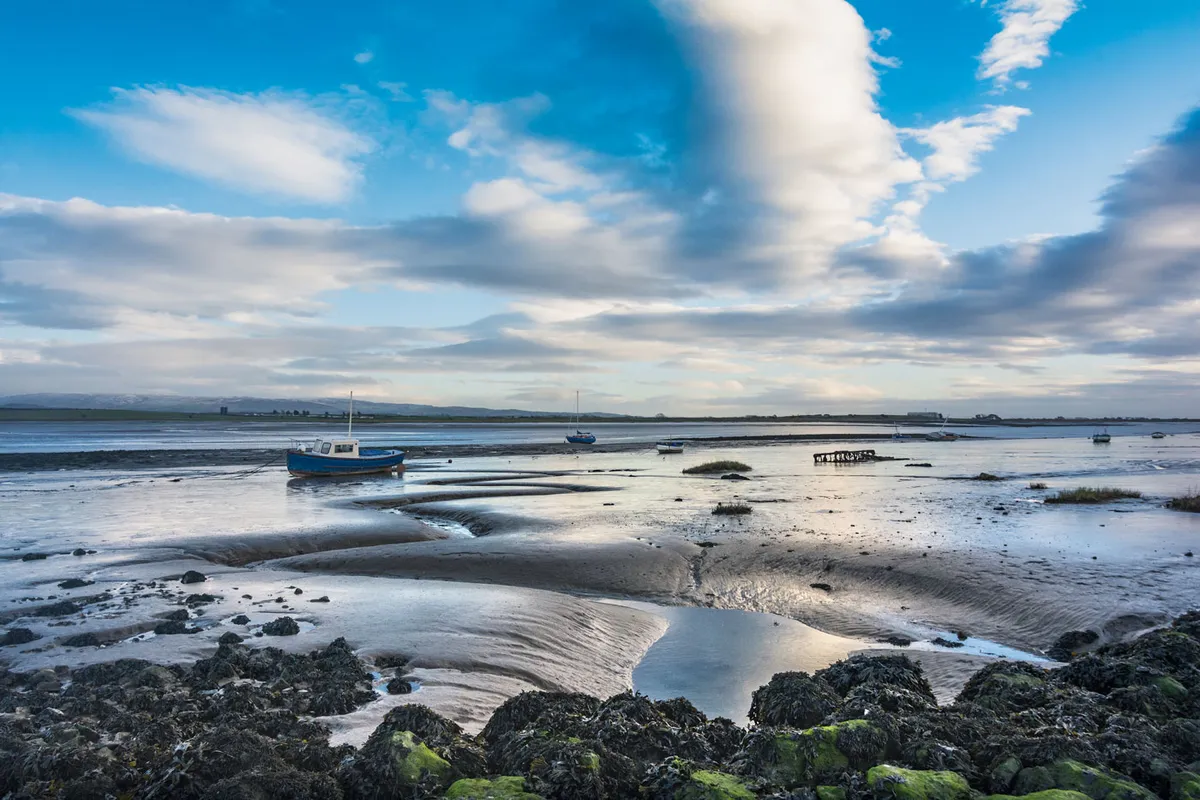
Sunderland Point is set at the mouth of the River Lune on the southern shores of Morecambe Bay. It’s a remote and secretive spit of land, surrounded by creeks and marshes.
But with this isolation comes solitude and the chance for nature to thrive. Explore the shingle, marsh and sombre past of this windswept peninsula on the Lancashire coast on a 3.5-mile circular walk.
Rivington Terraced Gardens
2.7-mile/4.3km | 1.5 hours | easy
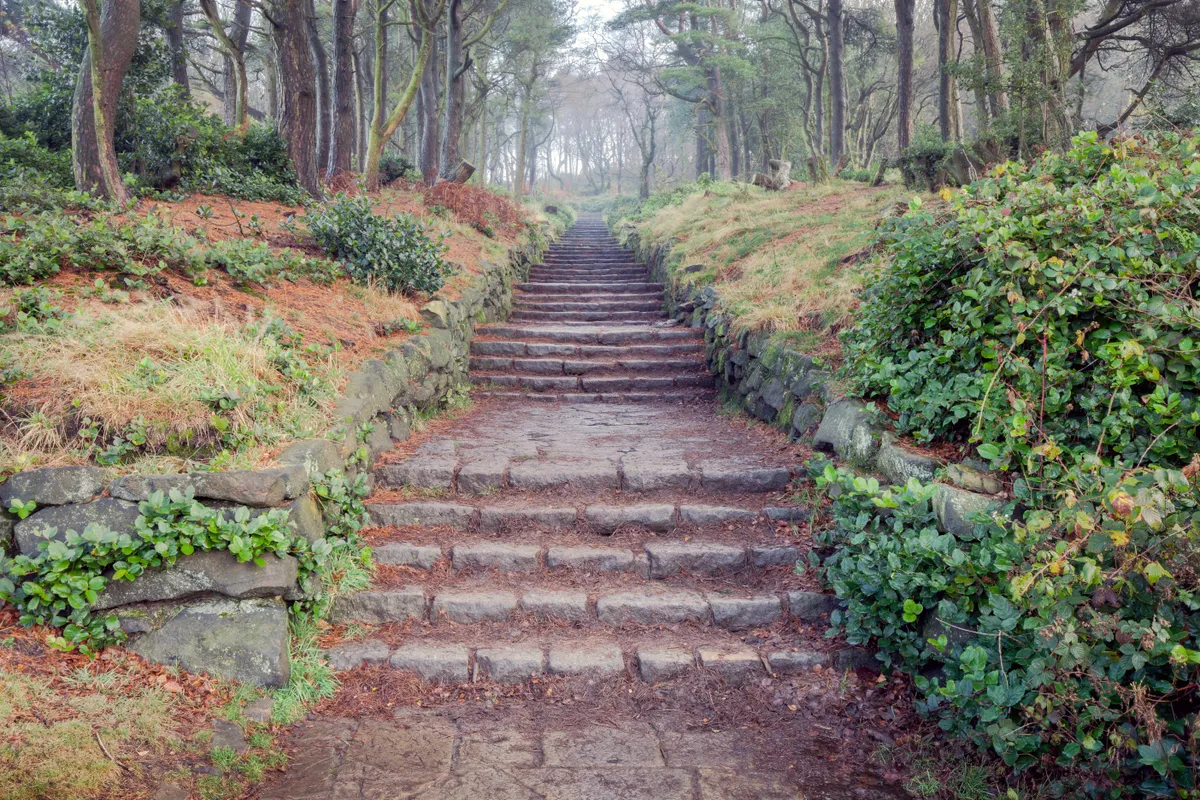
Like the remains of a lost civilisation, the ruins and follies of Lord Leverhulme’s terraced gardens add a real spirit of adventure and discovery to an exploration of Rivington Wood.
In the early 20th century, soap baron Lord Leverhulme created a terraced garden of Japanese lakes, pagodas, archways, Romanesque bridges and an elaborate ballroom. By 1925 it was all abandoned and today is being reclaimed by nature. It’s a great place to spice up a walk with a game of ‘hide and seek’.
Blackburn to Hoghton Bottoms
6.6 miles/10.6km | 3 hours | moderate
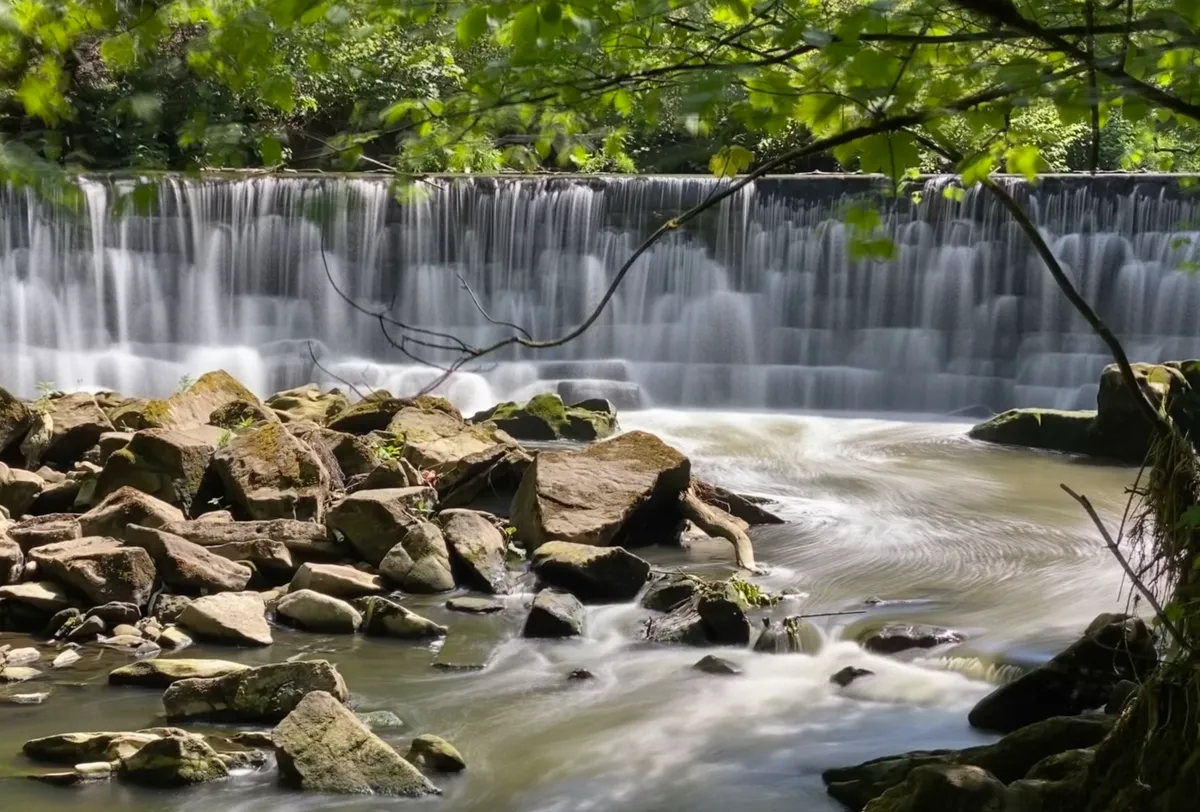
Hanging woodlands drape the hidden gorge of the River Darwen where it cleaves through a sandstone ridge near Blackburn.
A good, often muddy path traces the river past industrial relics, beside foaming torrents and through a revitalised weaving hamlet. A canalside start, a charming village pub and a country park add variety to this beautiful walk.
Lune Estuary
7.1 miles/11.5km | 4 hours | moderate
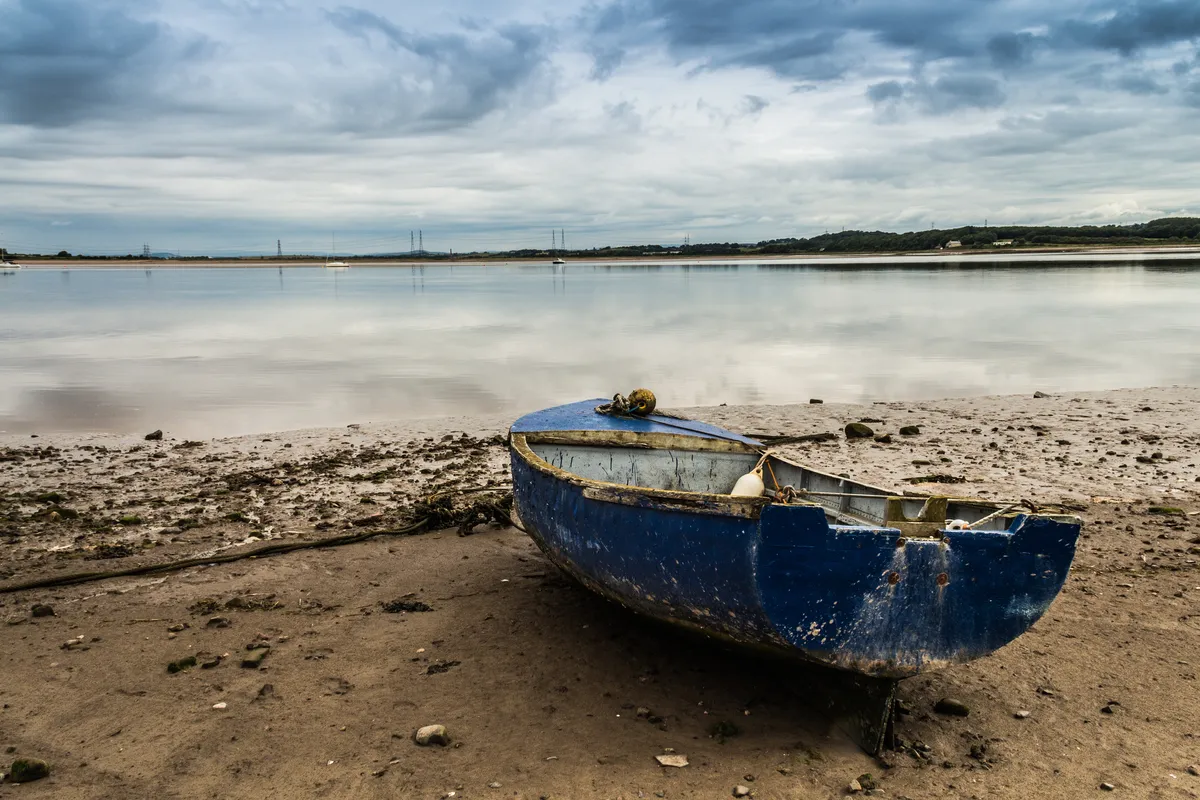
Catch this quiet corner of the Lancashire coast on a misty morning and it’s like a lost world. Creeks meander and loop through saltmarsh, wraith-like mists swirl across placid pools, invisible stock grazes the nearby reeds, halyards rustle against ghostly masts.
On summer afternoons the area is equally enchanting, with pinks colouring the shoreline and glistening Morecambe Bay preparing for a sunset of riotous colours. The distant Lakeland mountains complete the painting.
Pendle Hill
5 miles/8km | 3 hours | moderate–challenging
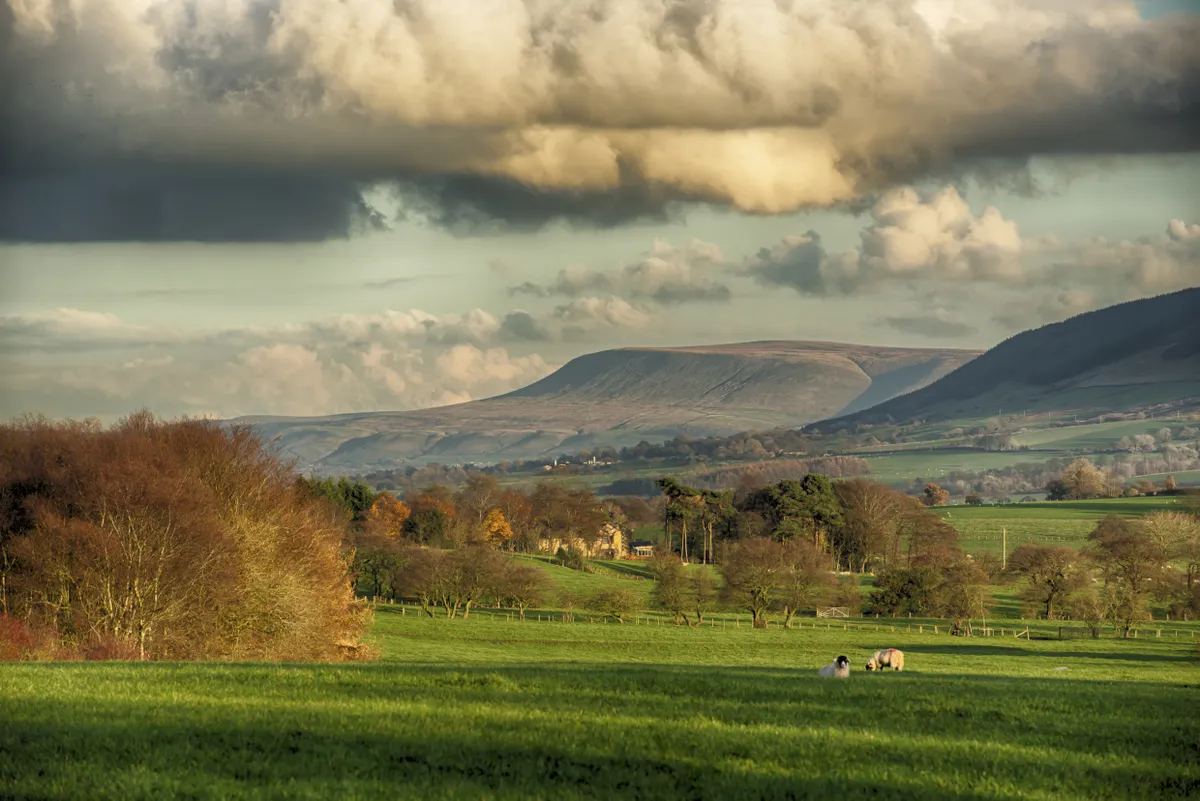
Pendle Hill is said to haunted by the doomed witches to this day – and many locals refuse to climb the hill after dark. When looking at it from a distance, Pendle Hill does have a sinister air; its brooding slopes are often enveloped in melancholic mist.
Singing Ringing Tree
5.8 miles/9.3km | 4 hours | moderate–challenging
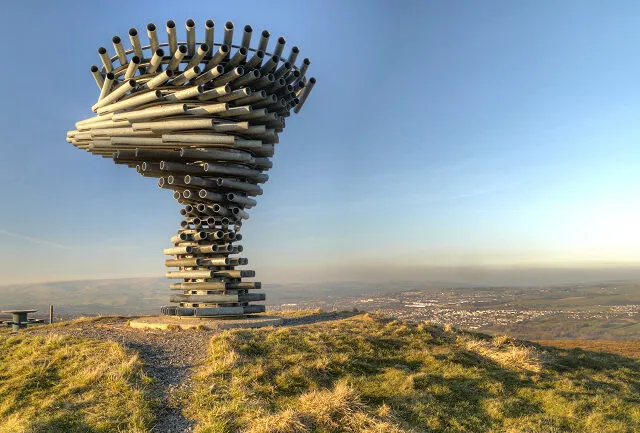
High above Lancashire’s Calder Valley a curious, eye-catching structure erupts from the derelict fieldscapes at the moorland edge: the remarkable Singing Ringing Tree.
Circle around it at close radius and you might readily bring to mind’s eye the head of a gigantic great crested grebe, maybe a native American tribal headdress or – my favourite – a massive caricature of Woodstock, that little yellow bird in the famous Peanuts cartoons.
It’s easily reached by car via Crown Point Road, three miles south of Burnley, or take an energetic ramble via the Burnley Way path up from the town’s sublime Towneley Park, where a sculpture trail is another engaging diversion.
